While Search Engine Optimisation (SEO) is always associated with optimising web pages for Google, YouTube is simply another type of search engine. We can take the principles of SEO we use for web pages and apply that to video content to help video content rank. At Pattern, we have found that investing in video content is something retailers might have dabbled in a few years ago, but for whatever reason, it lost its momentum over time. For example; there’s a brand YouTube channel but the last time video content was posted was months or even years ago.
However, that’s changing.
More and more brands understand that to build your authority, expertise and trustworthiness in your niche, there is a need to create more than just written content. As it’s becoming more accessible for brands to regularly publish video content, Pattern is here to guide you on how to get the best return when investing in video content.
Before we get into “how” you can optimise your video content, let’s get into the “why”.
Why Should You Optimise Your Video Content for Search Engines?
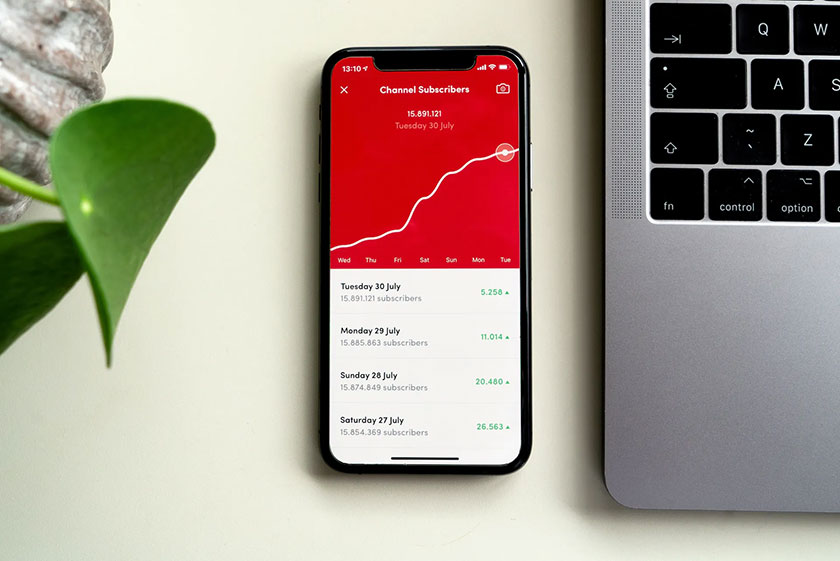
Video content, despite getting cheaper to produce, is still a time and resource-intensive task that is difficult to connect to hard metrics like revenue. It should be treated like any other tactic to raise awareness and thought leadership, with views, engagement and watch time as appropriate metrics. With any resource-intensive tactic, you should be trying to maximise its potential visibility, so all that effort isn’t wasted.
YouTube is often regarded as a younger Google. It relies more heavily on the information you provide with each video, such as the description, the transcript and the title to give it context on what the video is about. By optimising your video content you will help it reach higher levels of engagement and visibility helping your content become more effective.
The number of businesses using video content as part of their marketing strategy has also steadily grown over the last 5 years with approximately 86% of marketers now incorporating video in their plans. This is reflected in search results with Google providing video results in 62% of searches, with most of those being YouTube results.
As businesses try to prove their expertise online to help bring stronger awareness and traffic to their sites, Google has released insights that 40% of shoppers have bought from brands they have discovered on YouTube.
Ultimately, not optimising your video content is leaving your content half-baked, as well as potentially leaving you behind your competition and missing out on new users.
When Should you Optimise Video Content?

Organic video optimisation is best suited for video content that is not an advert. Video content for social channels tends to be bitesize 10-30 seconds that may not have any spoken elements. In contrast, organic optimisation will provide the most value if you are producing content that is informative, entertaining or educational. This video length tends to err on the 3 minutes and over at a minimum. Long-form content is more likely to be the type of content users search for, and Pattern can help your brand appear for targeted keywords for this long-form type of content. Long-form can be tricky for brands used to short and snappy videos or only delving into video through influencers. Long-form can encompass; product deep dives comparing when certain products are better suited for certain tasks, styling advice, how-to content showing each step of a project, commentary from industry events and much more depending on your niche.
As watch time is one of the most important elements of a video’s ranking, by making a video longer you will naturally accrue a higher watch time as a result.
By splitting video production into two distinct phases of pre and post-production there is a variety of opportunities to create video content that will perform the best. Video optimisation should start before any filming has actually taken place.
How to Optimise Your Video Content Pre-Production?

1. Conduct Keyword Research
When a brand starts to explore video content, keyword research should be undertaken to understand what the most popular questions and related phrases are that you should incorporate throughout a video. Reviewing your current article content for what are the most popular themes would be a good place to start.
2. Optimise Your Script
Incorporating your target phrases and their close variations is going to have one of the biggest impacts on your video’s ability to rank. Where possible, you should plan the script of the video to include those phrases.
Planning when you are going to mention related videos and products will also enable you to take advantage of the various features on platforms like YouTube such as cards.
Cards highlight other videos/products throughout a video. They should be used in conjunction with a spoken Call To Action. They can also be used to point users to new versions of video content.
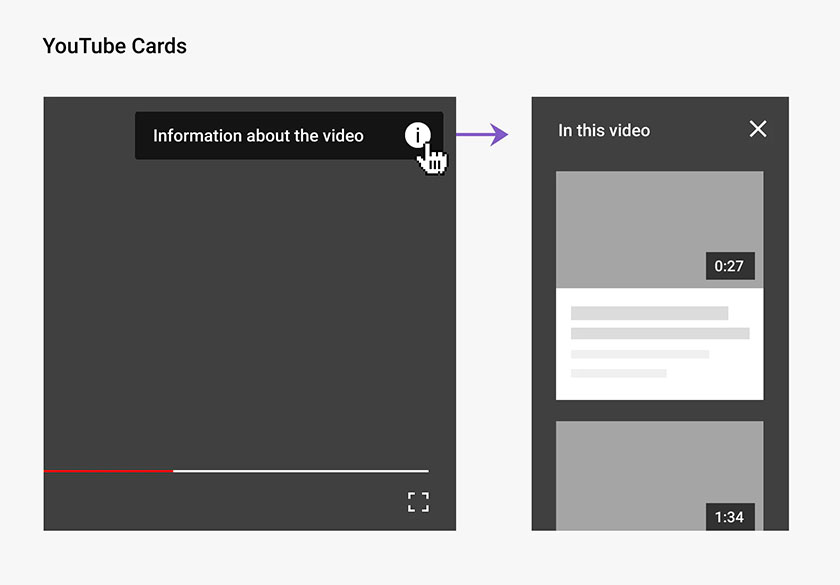
The teaser text for the card can be customised slightly but there is a significantly short amount of text allowed.
YouTube recommends that you include cards in the last 20% of your video. In other words, you don’t want Cards to distract from your message. Instead, use Cards towards the end of your video, where people are more likely to drop off.
While you are planning your content you should ensure you keep 5-20 seconds of space at the end of your video so you can include an endscreen – these help suggest to users to watch related videos, subscribe to the channel and link to your site.
3. Plan Your Thumbnails
If you are a brand with plans to create a series of content, making sure you plan what the thumbnails will be is essential. Thumbnails are one of the most decisive factors in generating higher click-throughs from users. Treating the thumbnail as a billboard, you want to accurately convey the context of the video without it being misleading. While YouTube creators can lean into exaggerated facial expressions most brands will want to put forward an expert lens.
In Australia, one of the most popular brands, Bunnings, has an extensive selection of videos with thumbnail styles that differ depending on the type of content being covered in the video.
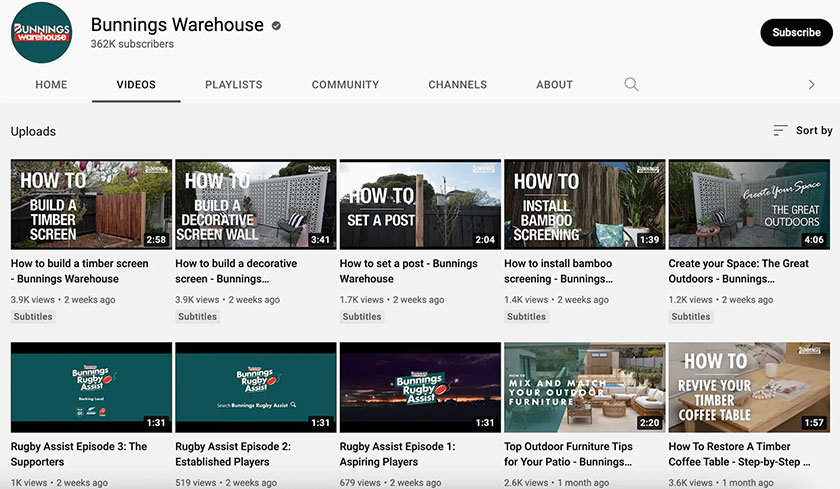
How to Optimise Your Youtube Video Content Post-Production?
At Pattern, we have our proprietary scorecard that analyses a brand’s YouTube setup that takes into consideration their account settings and branding.
Below is a sample result from a video audit:
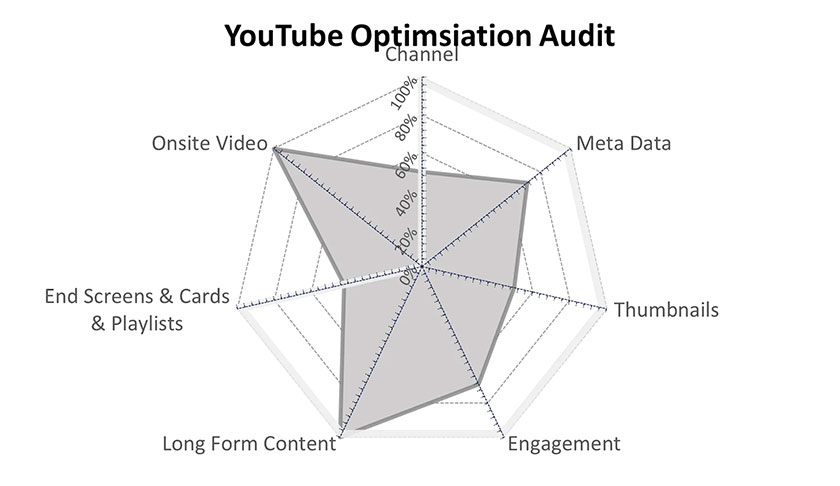
Our audits take into account many factors relating to good SEO for video and below we’ve listed a few to help get your post-production optimisation started.
1. Video Meta Data
Similar to optimising a web page, incorporating the target keywords in the right place can help a particular video appear for those targeted searches. Pattern can provide optimised meta data for:
- Video titles
- Video descriptions
- Video keyword tags
Best Practice Video Titles Should Be:
- Informative
- Incorporate target keywords
- Include a brand slug
- Indicate if they are part of a series
Best Practice Video Descriptions Should Be:
- On brand
- Descriptive video content
- Include calls to action to visit the website, subscribe to the channel and link to products if relevant.
- Contain timestamps
- Link to social media channels
2. Upload Transcripts
While YouTube continues to become more sophisticated in its analysis of spoken content in videos it often makes mistakes. This means YouTube is not gaining a full understanding of the video and this can be detrimental to the video’s visibility as spelling mistakes can alter its interpretation of the content.
Once a video has been produced a transcript should be gathered and uploaded to YouTube. The transcript should ideally have timing information included so subtitles will be displayed at the correct time. The preferred file format is SRT. Videos can be professionally transcribed with a cost typically depending on the length of the video.
3. Optimise your File Name
In a similar way to optimising an alt tag on an image, you should make sure that when you upload a video file to YouTube that the actual file name is descriptive of its content. YouTube has confirmed it takes into account these signals and you must do this before you upload, as you will not be able to redo this step after you have published.
4. Encourage engagement
YouTube is in a unique position to be a search engine and a social channel. While many brands haven’t used the community tab to its fullest capability people can like and comment on content, and those elements are confirmed ranking factors. Pattern would recommend encouraging users to comment on videos but keep your filters on so anything appropriate is kept for review.
If however your content is targeting children there are some fairly strict processes where comments will not be allowed as part of YouTube’s safety controls.
Onsite Video Recommendations
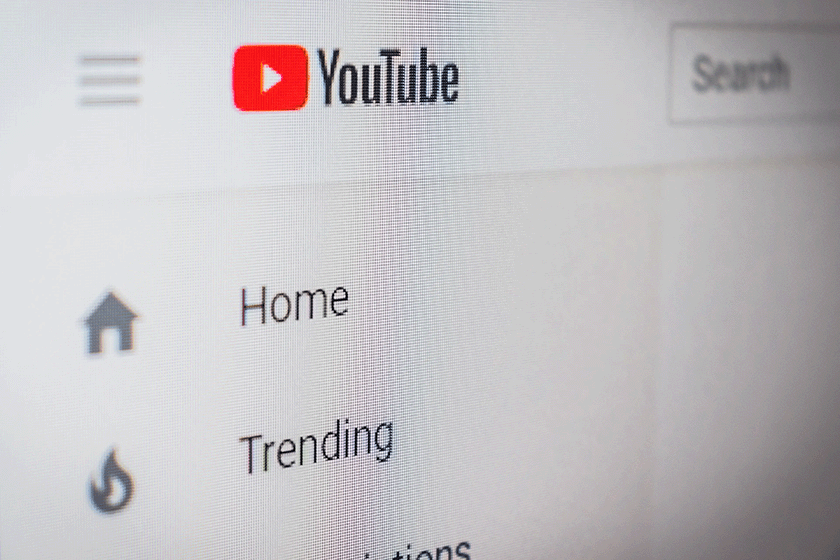
1. Create a Video Sitemap
A video sitemap is an XML sitemap that Google uses to find videos on your site and can also provide information about a video to Google. A video sitemap entry can describe a video the same way as a VideoObject structured data element. The advantage of using a video sitemap is that it also helps Google find new or updated videos and that it can describe many videos in one file rather than requiring Google to crawl each page and discover changes individually. Check Google’s recommendations here on what to include in a video sitemap.
2. Add Video Schema
Add structured data describing your video on the hosting page. Structured data is information that you provide according to a well-defined format using either tags or JSON. When Google crawls the page, it can read and understand that format to extract information about your video. As YouTube looks for as many signals as possible to gather context it’s good practice to upload video content that has a descriptive filename as well.
3. Have Detailed Video Content Pages
In addition to having a great video, brands should consider the design of the HTML pages around the content. For example, the following would be best practice:
- Create a standalone landing page for each video, where you can gather all its related information. If you do this, be sure to provide unique information—such as descriptive written content.
- Utilise the transcript by adding it as part of the content on the page. This is a quick win to quickly add relevant written content and provides additional keyword signals to search engines and can help the page rank in search results.
- Make it as easy as possible for users to find and play the videos on each landing page. The presence of a prominent, embedded video player using widely supported video formats can make your videos more attractive to users and easier for Google to index. Pattern would recommend using YouTube for embedded video as views from an embedded file still contribute to the overall views and engagement of a video, helping it rank.
4. Amplify your video content
Once everything has been uploaded and optimised make sure you amplify this content across a range of different channels like Social, EDMs and Paid Search. Youtube takes into account external views from the platform so if you have embedded YouTube every watch and interaction gained from these channels will help improve the visibility of the video on YouTube.
5. Monitor and See What Videos Work Best
YouTube is pretty upfront that they will promote and give better rankings to content that keeps users on their platform. YouTube analytics will showcase how long you keep people engaged, what parts they are skipping, rewinding and what keeps them coming back for more.
SEO Video Optimisation Best Practice from Start to Finish
- Plan to create videos on popular topics/questions based on keyword research.
- Incorporate those keywords into your script.
- Create long-form content – 3 minutes and longer.
- Plan your thumbnail image.
- Incorporate calls to action throughout the video and ensure you have 5-20 seconds at the end of your video to add in endscreens.
- Upload your content to YouTube with a descriptive file name.
- Optimise your video meta data.
- Upload a transcript.
- Enable comments on your video and pose a question first!
- Organise content into playlists ..then optimise those playlists.
- Amplify video content through your social channels.
- Embed it on your site with an accompanying article.
- Add video structured data onto your site.
- Review your content to see what is performing the best and make more of it.
Understanding SEO for video content is not as straightforward as written SEO content, however, with the tips above, you’ll be able to structure and plan your next video content for SEO best practice easily. To get the full benefit of our SEO expertise, contact us to discover how to accelerate your video SEO.



